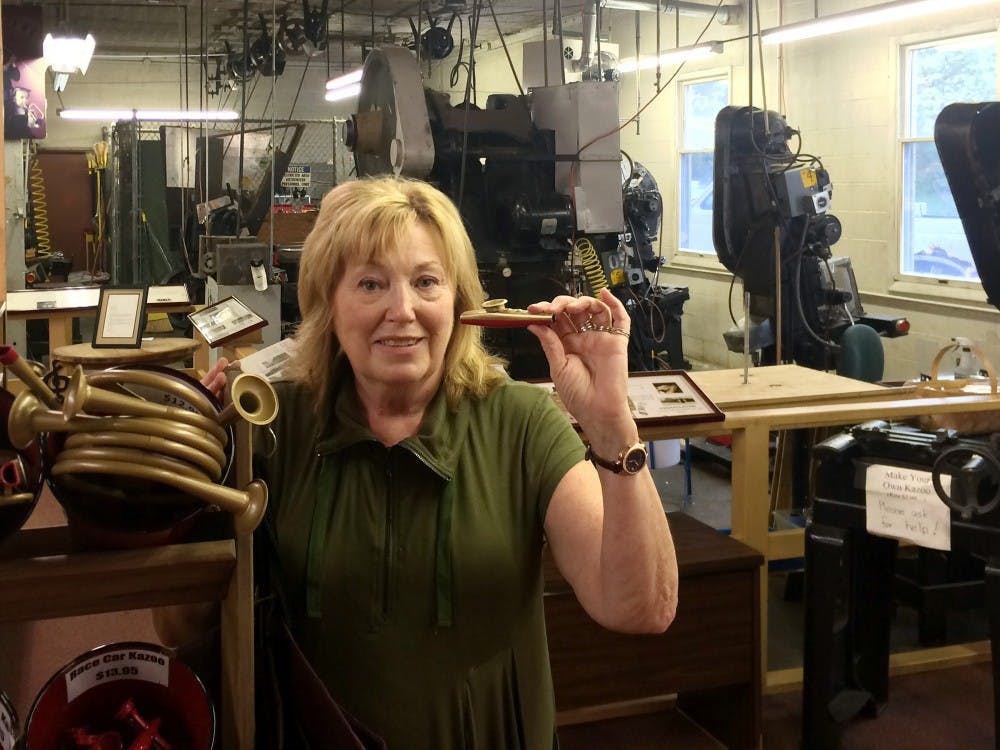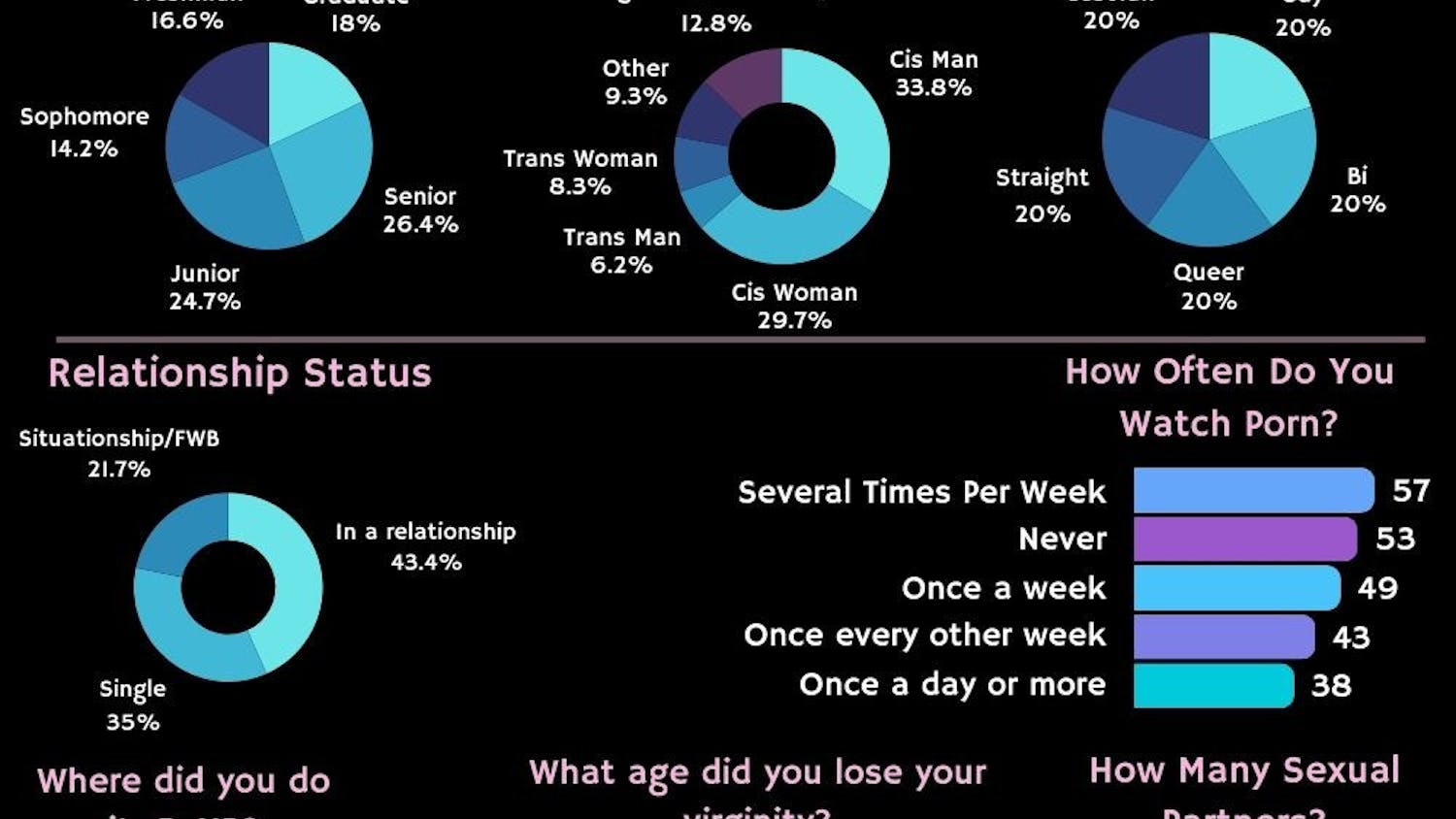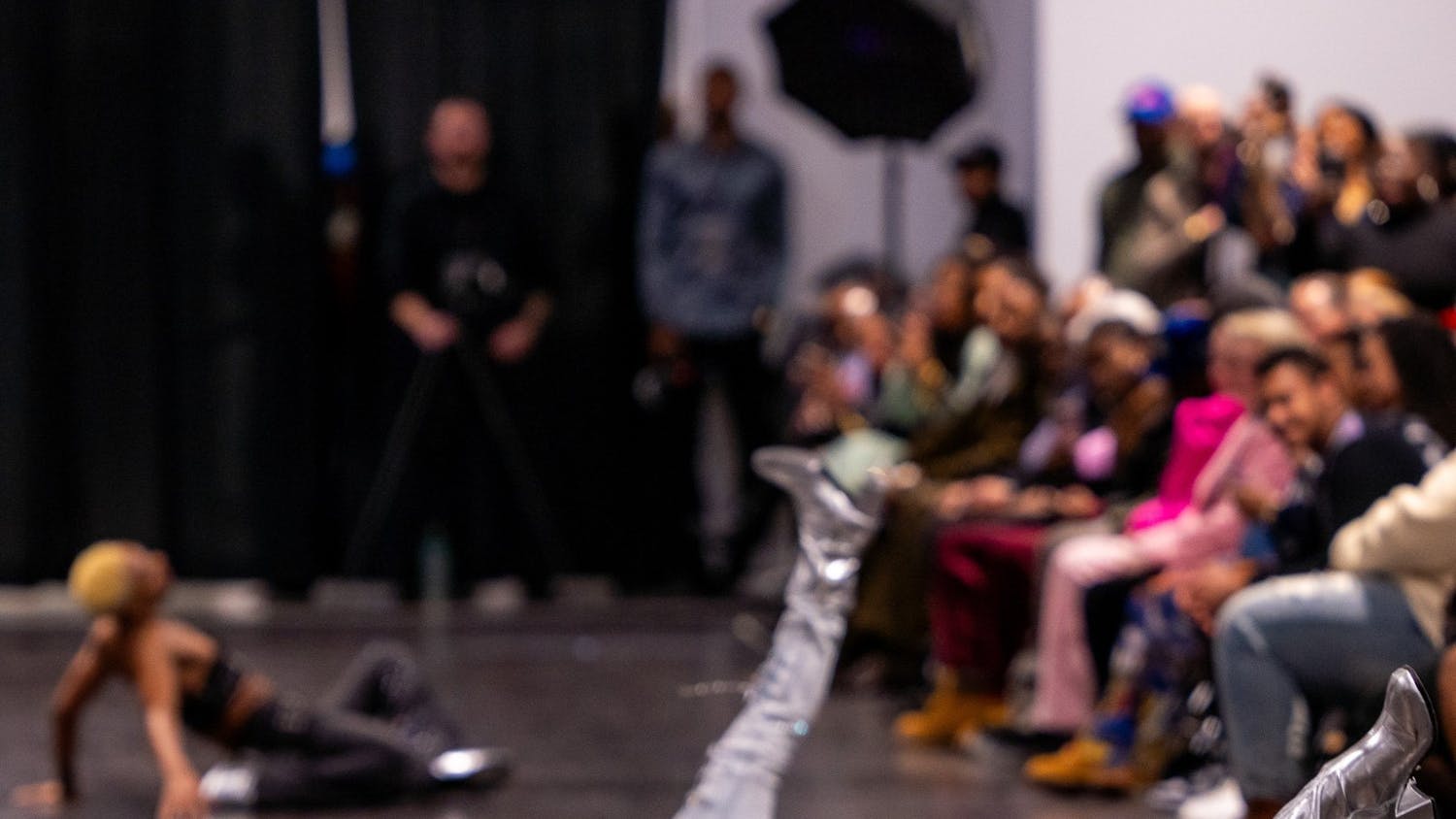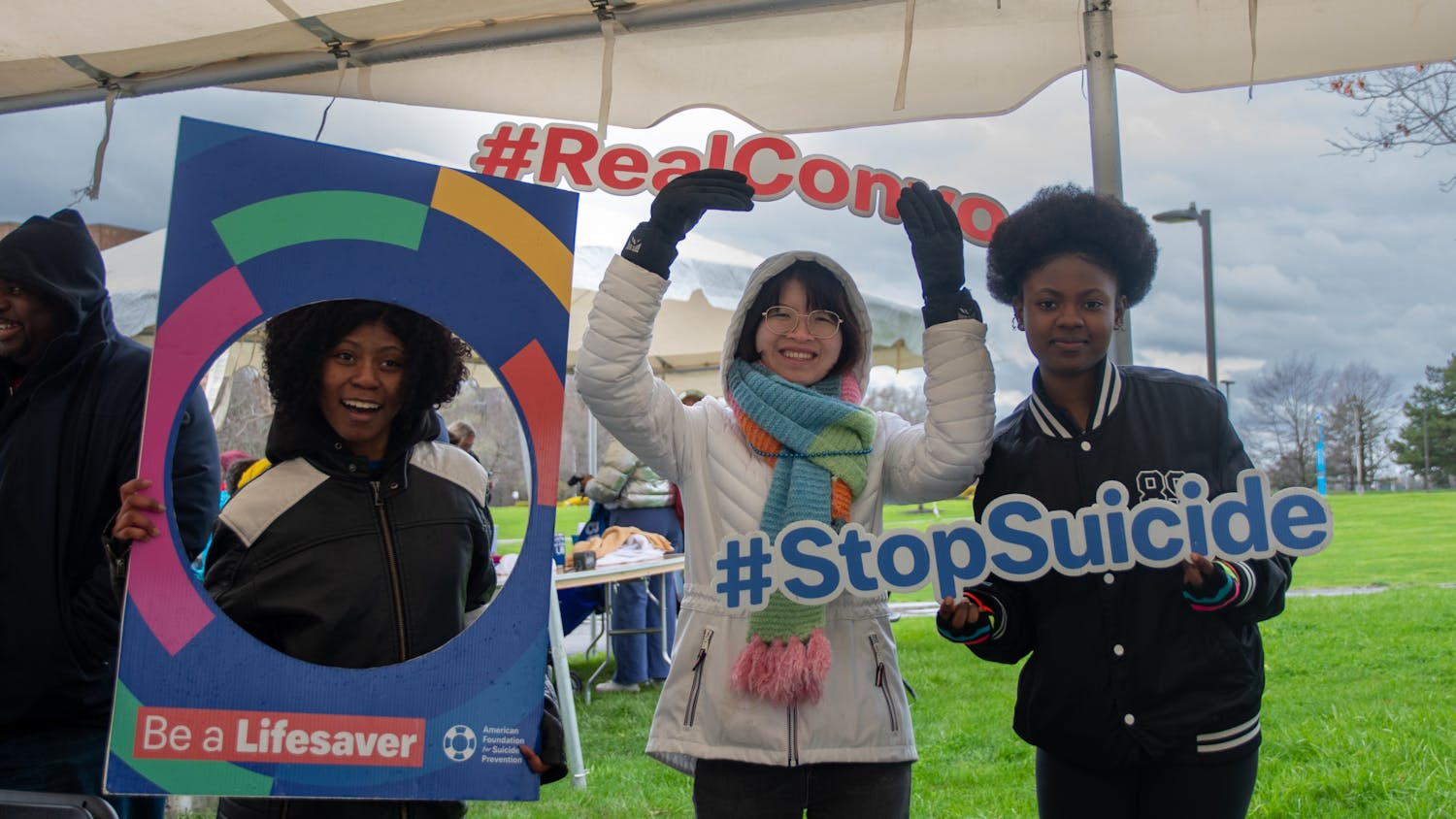There’s a local buzz surrounding an American-made wind instrument.
In nearby Eden, New York, that buzz is heard from a kazoo.
The Original Kazoo Company, established over a century ago, is deeply engrained within history, and it shows through its museum, gift shop and currently operational factory. The Company is roughly 45 minutes from North Campus by car and admission to the museum is free.
The company creates all sorts of kazoos, in addition to their classic gold and red submarine kazoo. The Original Kazoo Company sells trumpet-shaped kazoos, tractor-shaped kazoos and even corn-shaped kazoos in honor of the popular Eden Corn Festival.
Karen Smith, the curator of the Kazoo Museum and owner of the Kazoo Boutique Gift Shop. Smith, has been with the company for 11 years. She says that she gets satisfaction from seeing visitors both young and old learn how to play the kazoo after walking through their doors.
“Although the kazoo looks like a very simple musical instrument, many people find out it takes a little bit of skill and a little bit of practice,” Smith said. “You must hum into your kazoo, so it’s always interesting to see that but people do come here mainly with the intent of seeing kazoos, seeing how they’re made and this is the only place in America that makes the metal kazoo.”
The company’s building, originally a sheet metal shop, opened in 1907 by Harry Richardson. It wasn’t until 1916 that the Original Kazoo Company was established and Richardson, alongside Michael McIntyre and Emil Sorg, produced metal kazoos in the factory.
The Kazoo Museum boasts this history and more, walking visitors through the origins of the kazoo.
Signs in the museum mark the “Evolution” of the kazoo, which include mirliton or membranophone instruments such as wax paper-covered combs and Chiclet boxes. Individuals are also able to view the 1923 patent that Michael McIntyre filed along with early catalogs that feature kazoos.
The museum also holds kazoo artifacts from throughout the years. Glass enclosures inside the museum display everything from liquor bottle-shaped kazoos that celebrated the end of prohibition in 1933, a Woody Woodpecker-shaped kazoo and a kazoo pipe made in Japan.
The museum notes the various improvements made to the kazoo over the years but the biggest change to the kazoo is its resonator, which helps bring the kazoo’s sound to life.
“In the old days, when kazoos were first invented, workers had to use the lining from sheep’s stomach and cat gut to make the resonator – or membrane – that vibrates in the kazoo. Today, it is made from a plastic substance that is called mylar,” Smith said.
At the museum, visitors can purchase a kit with a resonator and other kazoo parts for use at a Make Your Own Kazoo station. They are also able to get up close and personal with how kazoos are produced inside the Kazoo Factory.
Museum visitors can witness machines – which use original machinery from the factory’s beginnings in the 1910s – that shape, push and flange the kazoo’s parts. The parts are then brought to employees who put each kazoo together by hand.
There are days when kazoos aren’t made in the factory. Parts, however, are constantly produced so the Original Kazoo Company is always ready to make shipments.
“A typical production day would be about five to seven people working and making different aspects of the kazoo,” Tammy Tomaszewski, a supervisor of the Kazoo Factory, said.
“There have been custom-ordered kazoos and we’ve had some made up for the Buffalo Philharmonic Orchestra. They were doing a Beatles tribute and we created yellow kazoos for ‘Yellow Submarine.’”
Tomaszewski and Sue Cruz, who have been with the factory for over 30 years, are with Suburban Adult Services Inc. (SASi), which operates the factory. SASi is a non-profit organization that employs people with disabilities.
Tomaszewski said SASi is a company that cares, one in which individuals come first.
“I work directly with the individuals [here] and teach them working skills. Many are high functioning but have issues where they can’t handle working in integrated employment for one reason or another,” Tomaszewski said. “Here, they feel safe and can make money to support their households or hobbies, depending on what it is they are looking to do.”
Aside from the factory and museum, individuals can make their way around the Kazoo Boutique Gift Shop, which sells everything from vintage toys to jewelry.
Visitors of the Original Kazoo Company have included celebrities such as the late John F. Kennedy, Jr. as well as international visitors from places such as Kenya and Taiwan.
Al Preyer, a resident of nearby Lockport, visited the Original Kazoo Company for the first time in May. Preyer came to the museum to get a historical background on the iconic American instrument.
“It’s something that’s been around forever but we might take kazoos for granted when we do see them and we might not understand that it’s local in origin,” Preyer said. “I’ll be gifting kazoos to family members, every grandchild is going to get one and hopefully it’ll encourage them to come here and see a slice of history here.”
Smith thinks one of the takeaways for museum visitors – particularly college students – is its preservation of early machinery.
“When you’re learning about early industry and early inventions, the company is a great place to learn about that,” Smith said. “It’s a success story and having all the original equipment and original machinery here, it allows college students to learn about a way of manufacturing that they may have never heard of before.”
Benjamin Blanchet is a co-senior arts editor and can be reached at benjamin.blanchet@ubspectrum.com.

Benjamin Blanchet is the senior engagement editor for The Spectrum. His words have been seen in The Buffalo News (Gusto) and The Sun newspapers of Western New York. Loves cryptoquip and double-doubles.





